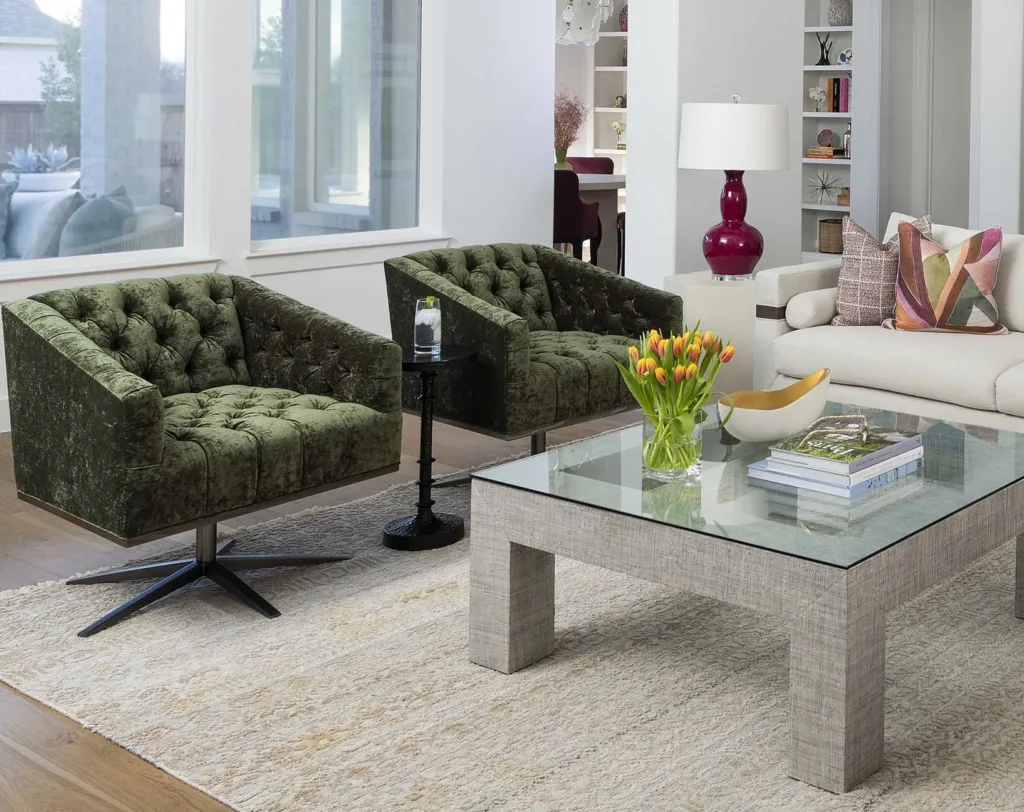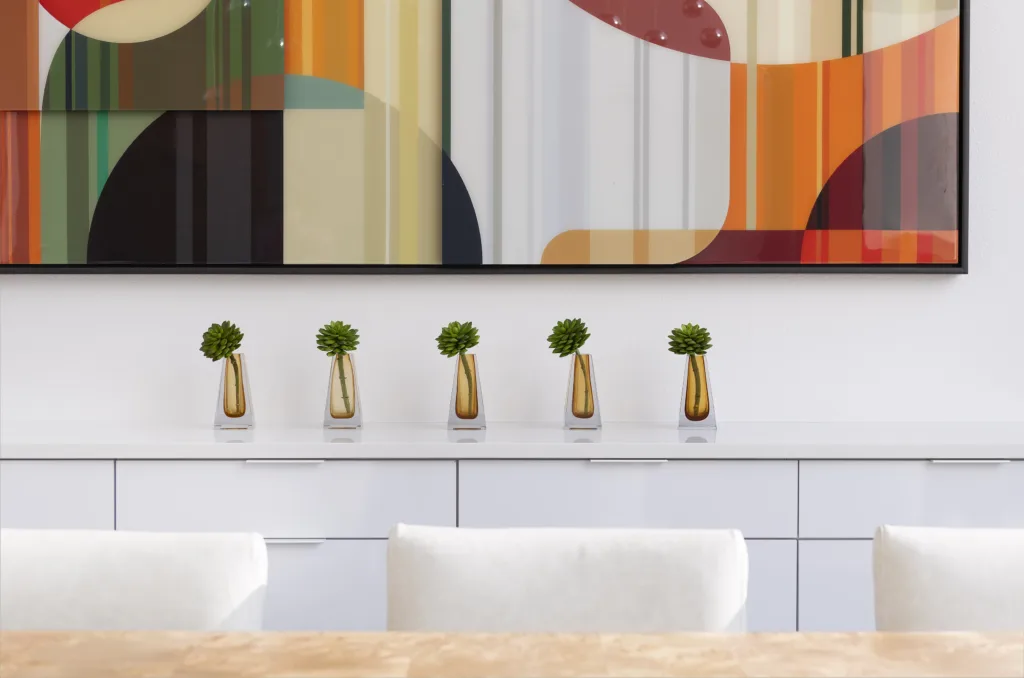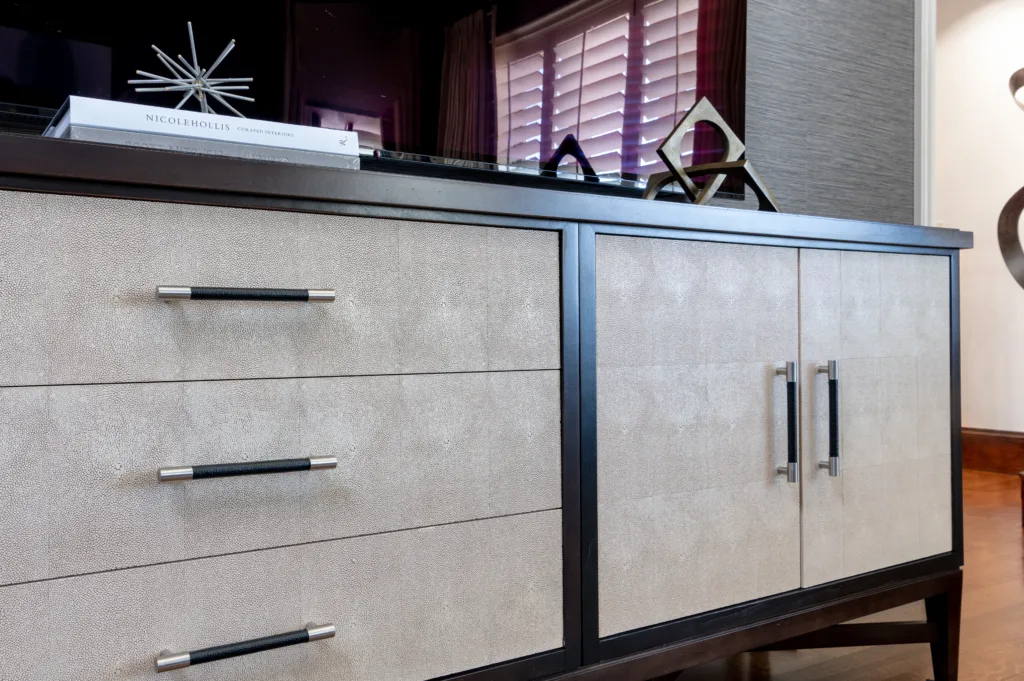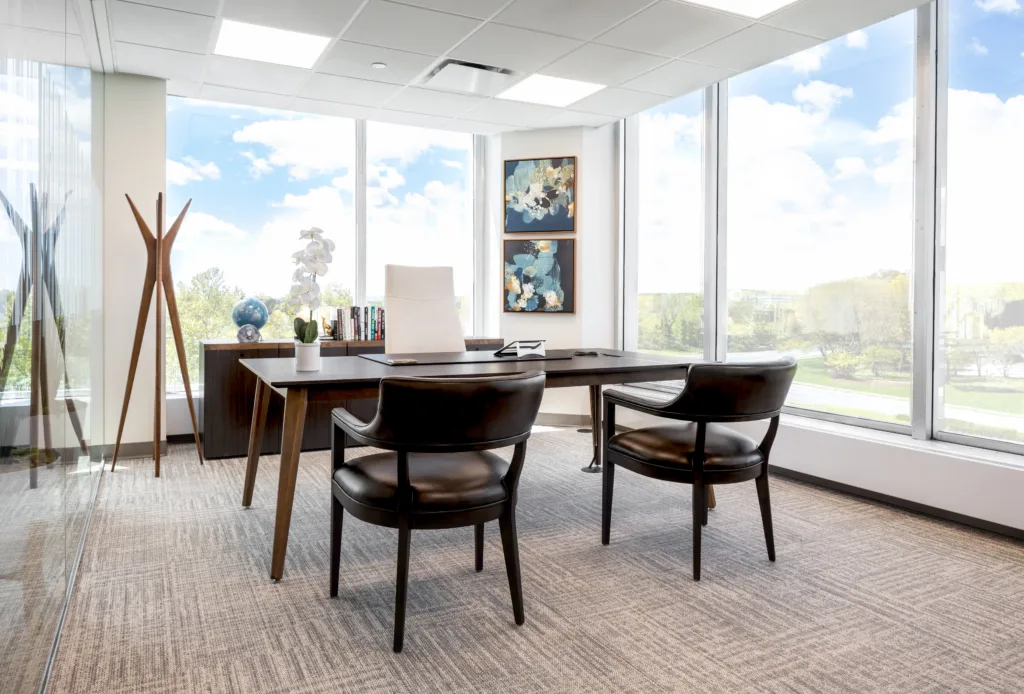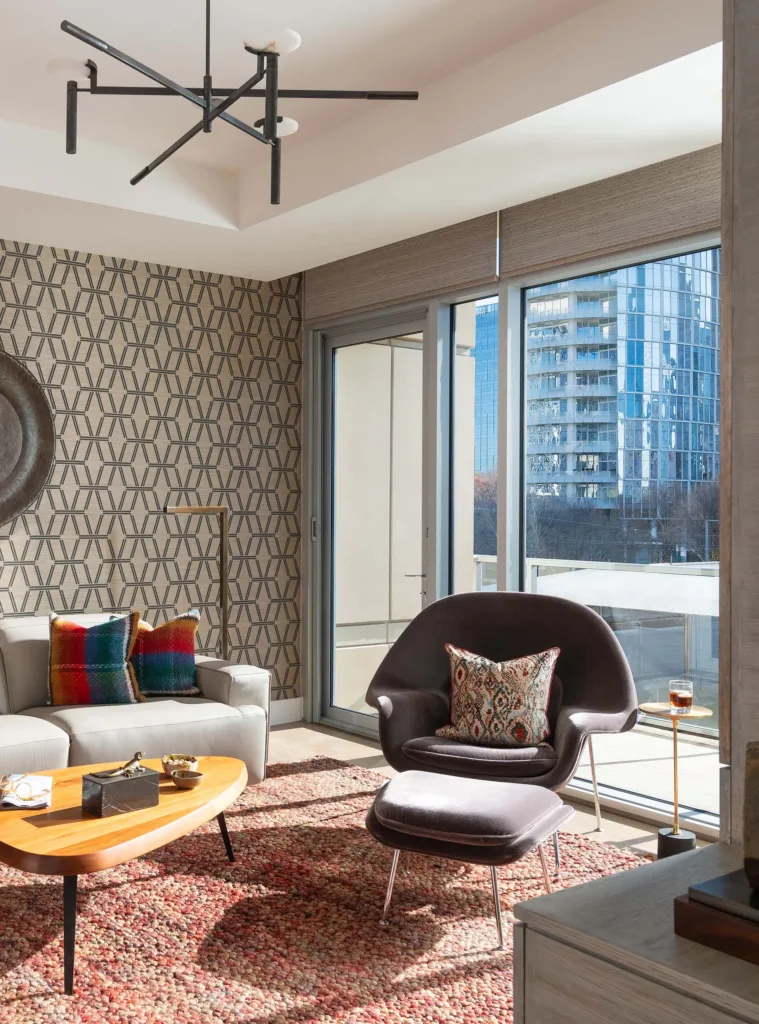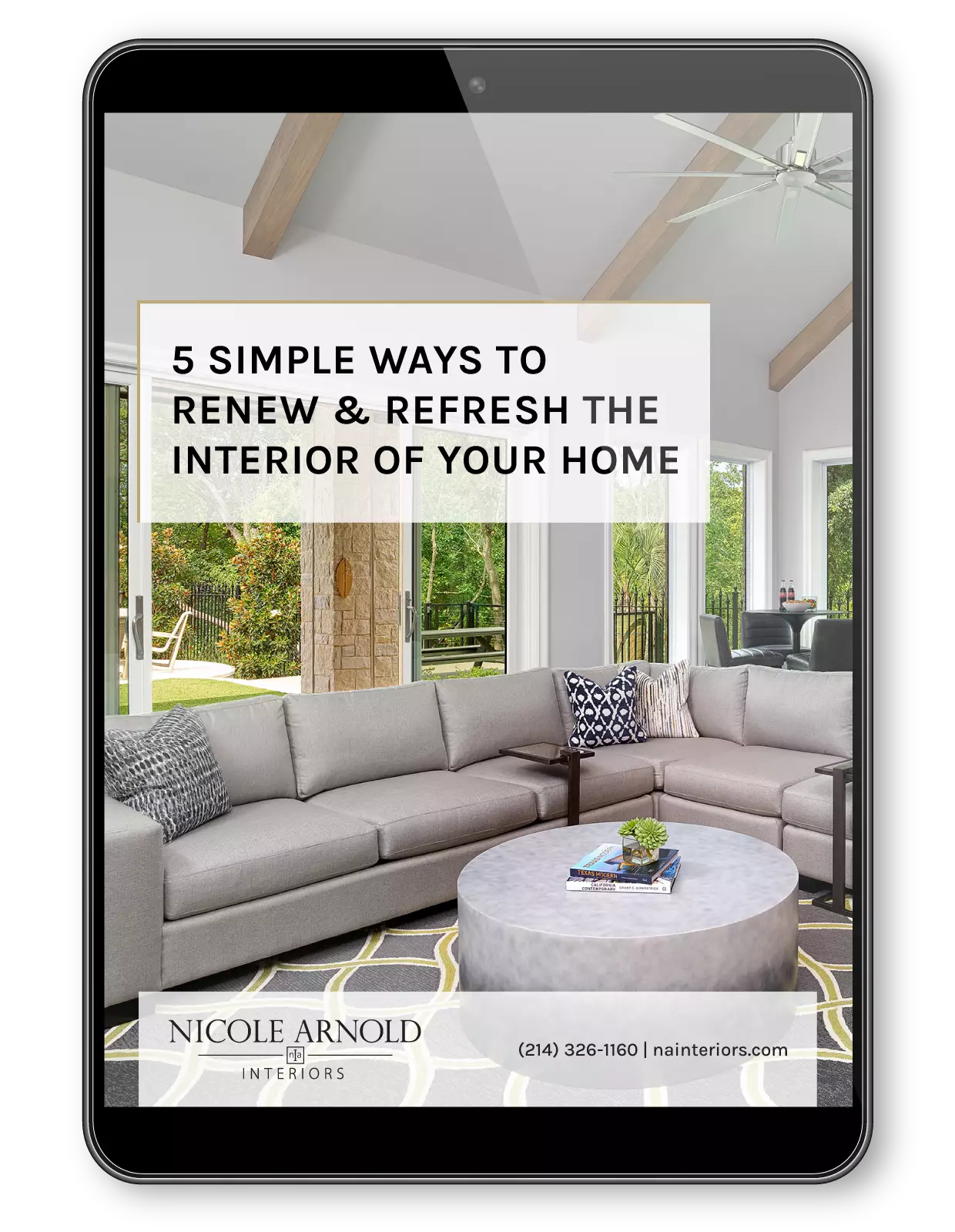Mid-Century Modern Design
Mid-century modern interior design is a timeless style defined by simplicity, functionality and clean lines. Popularized in the mid-20th century, it features sleek furniture, organic shapes and a seamless connection between indoor and outdoor living. Known for its balance of form and function, mid-century modern design remains one of the most enduring and sought-after styles today.
Brief History
Mid-century modern design emerged in the 1940s through the 1960s, influenced by post-war optimism and the desire for practical yet stylish living. Designers such as Charles and Ray Eames, Eero Saarinen and George Nelson became iconic figures in this movement. The emphasis was on affordability, clean lines and innovative use of materials like molded plywood, fiberglass and metals. Its appeal has lasted for decades because of its ability to feel both nostalgic and fresh.
Characteristics / Key Elements
What Mid-Century Modern Design is Not
Mid-century modern design is not cluttered or ornate. It avoids heavy detailing and overly traditional pieces in favor of simple, purposeful design. While it can include vibrant accents, it is not maximalist and relies on clean balance to avoid overwhelming the space.
“When curating your MCM design, consider the patterns and specific colors you want to emphasize. I recommend earthy hues or muted tones vs. bright, bold colors. Have a favorite geometric shape? We can incorporate that into a meaningful pattern play. Cut velvets and tweeds are another staple I typically incorporate into mid-century modern designs to ensure depth and richness are achieved in the overall vibe of the room. I especially love incorporating a client’s family heirloom as a one-of-a-kind piece and nostalgic nod to their personal story.”
NICOLE ARNOLD
President, Principal Designer
Color Ideas
Mid-century modern interiors often feature a mix of neutrals and bold colors.
Base Colors: White, cream, beige and light gray provide a clean foundation.
Accent Colors: Teal, mustard yellow, burnt orange and olive green bring in retro flair.
Finishes: Natural wood tones, chrome and brass accents add warmth and contrast.
Who is Mid-Century Modern Design Good For?
This style is perfect for individuals who value functionality and timeless design. It’s ideal for those who want a home that feels sleek and modern but still warm and inviting. If you love furniture that doubles as art, enjoy open layouts and appreciate a retro vibe, mid-century modern design may be your match.
Why You’d Love It
You would love mid-century modern design for its effortless blend of beauty and practicality. Its classic furniture silhouettes and natural materials create spaces that are stylish yet livable. Mid-century modern is a style that adapts easily to today’s lifestyles while offering a nostalgic nod to one of design’s most influential eras.


